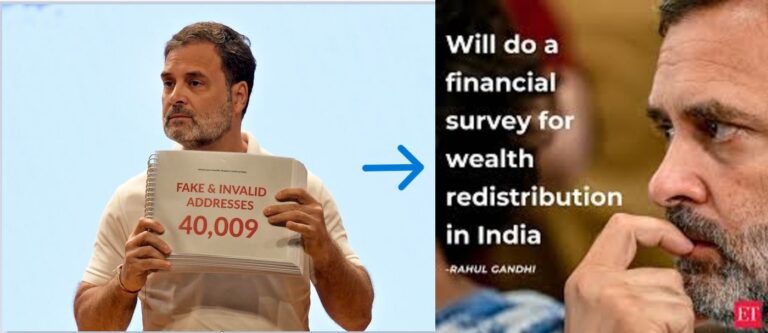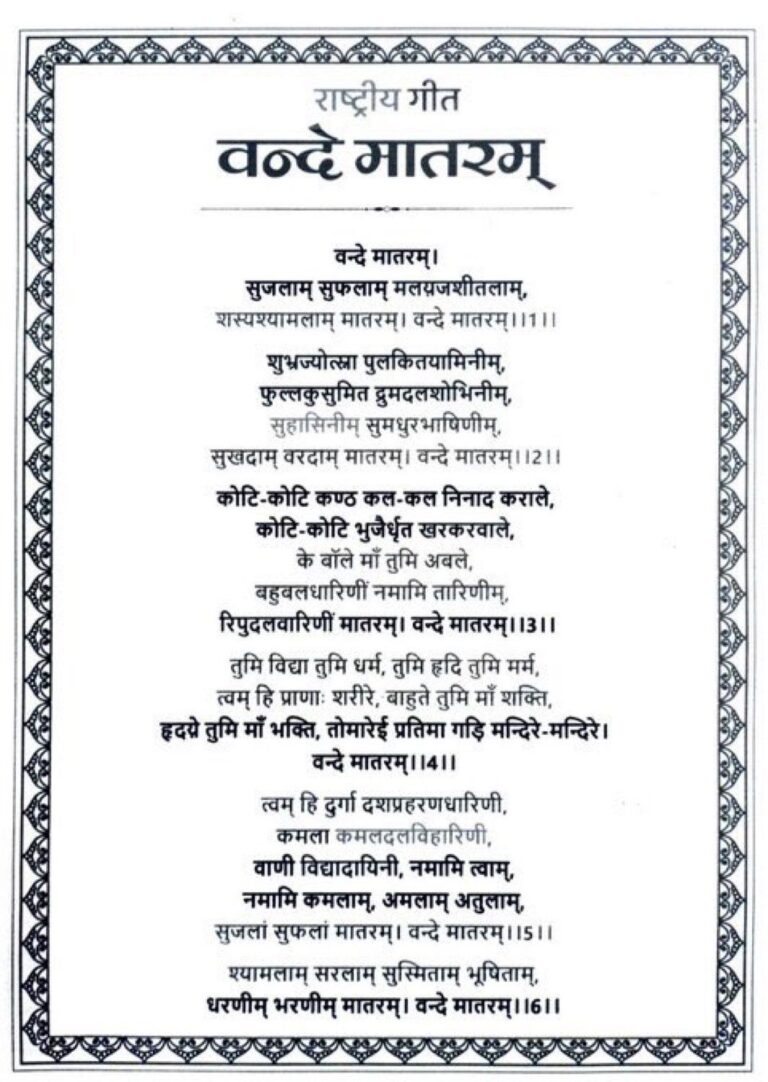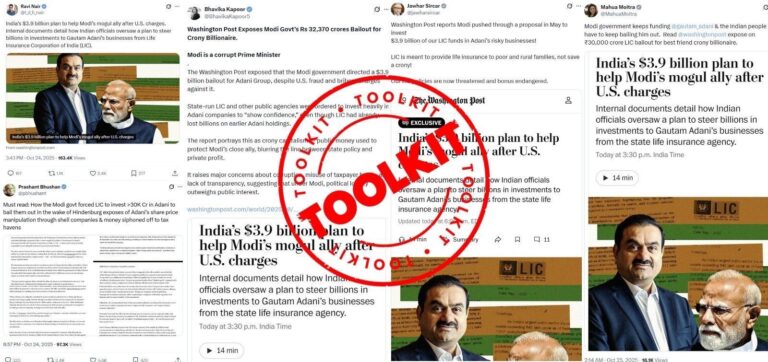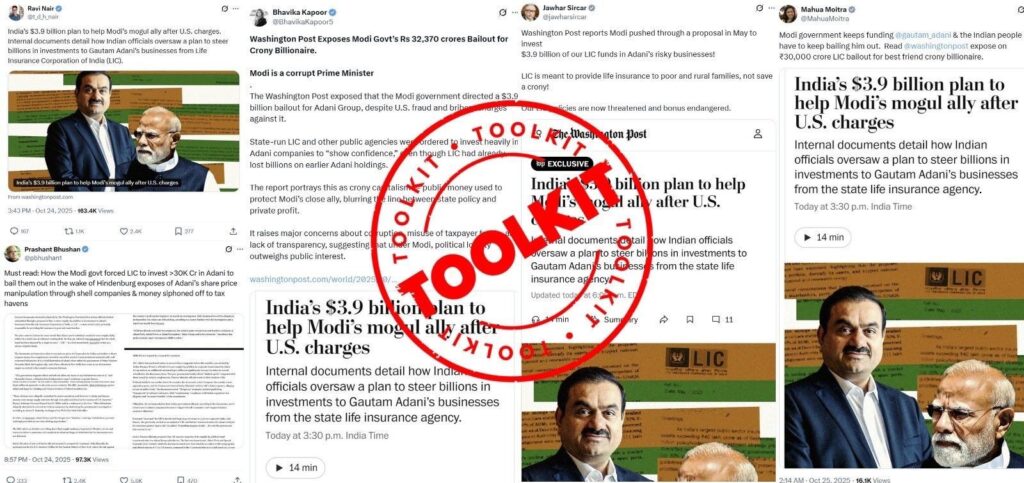
As India gears up for its Winter Session of Parliament, The Washington Post has dropped another calculated “investigation” targeting the Adani Group and the Life Insurance Corporation of India (LIC). Authored by Ravi Nair, a known Congress-aligned activist, and Pranshu Verma, this hit piece is a recycled Congress press note masquerading as journalism. Backed by U.S.-funded networks like the Organized Crime and Corruption Reporting Project (OCCRP), it’s a blatant attempt to destabilize India’s economic pillars and undermine its global rise. The facts, however, tell a different story—one of resilience, transparency, and disciplined investing.
The Players: Congress’s Mouthpiece and Western Proxies
Ravi Nair, the article’s lead writer, is no impartial journalist. His X handle (@t_d_h_nair) openly showcases his Congress allegiance, parroting their talking points word-for-word. Nair’s refusal to share evidence with SEBI during the Hindenburg probe already exposed his lack of credibility. His co-author, Pranshu Verma, was called out in 2023 by American commentator Jack Posobiec for accusing India’s Disinfo Lab of being “run by an Indian Intelligence Officer.” Posobiec’s retort—“So if it’s an intel agency-run media outlet, that basically makes it the same as *The Washington Post* then?”—hit the nail on the head. The Post’s sanctimonious “investigations” are a thinly veiled front for Western geopolitical agendas.




OCCRP: The U.S. Government’s Media Arm
The Washington Post’s collaboration with OCCRP raises red flags. A December 2024 *Mediapart* investigation revealed that the U.S. government funds 50% of OCCRP’s budget, holds veto power over its senior staff, and steers its focus toward adversaries like Russia and Venezuela. In India, OCCRP’s local collaborators, including Nair, exploit this “independent” label to target Indian corporates and institutions like LIC. This isn’t journalism—it’s a U.S.-backed propaganda operation designed to weaken India’s economic sovereignty.

Debunking the Lies: LIC’s Adani Exposure
Congress and The Washington Post claim Rs 3.42 lakh crore of “public money” was “handed” to Adani. This is a deliberate falsehood. LIC’s total exposure to the Adani Group—equity and debt combined—is less than 1% of its Rs 41 lakh crore portfolio, as per audited financials. Adani isn’t even among LIC’s top ten investments, which include giants like Reliance Industries, TCS, and NSE, as reported by Moneycontrol and Trendlyne.Every rupee invested in Adani is through AA-rated bonds and dividend-paying equity, generating steady returns with zero defaults or write-offs.
Contrast this with Congress’s era. Under the UPA, LIC was forced to buy stakes in loss-making PSUs like ONGC, NTPC, and failing banks at inflated prices to cover up fiscal mismanagement. Those were the real bailouts—political ploys that drained public wealth. Under Modi, LIC has become a profit powerhouse, earning Rs 66,000 crore in gains in a single year, funding India’s infrastructure, and operating with transparency under strict regulatory oversight.
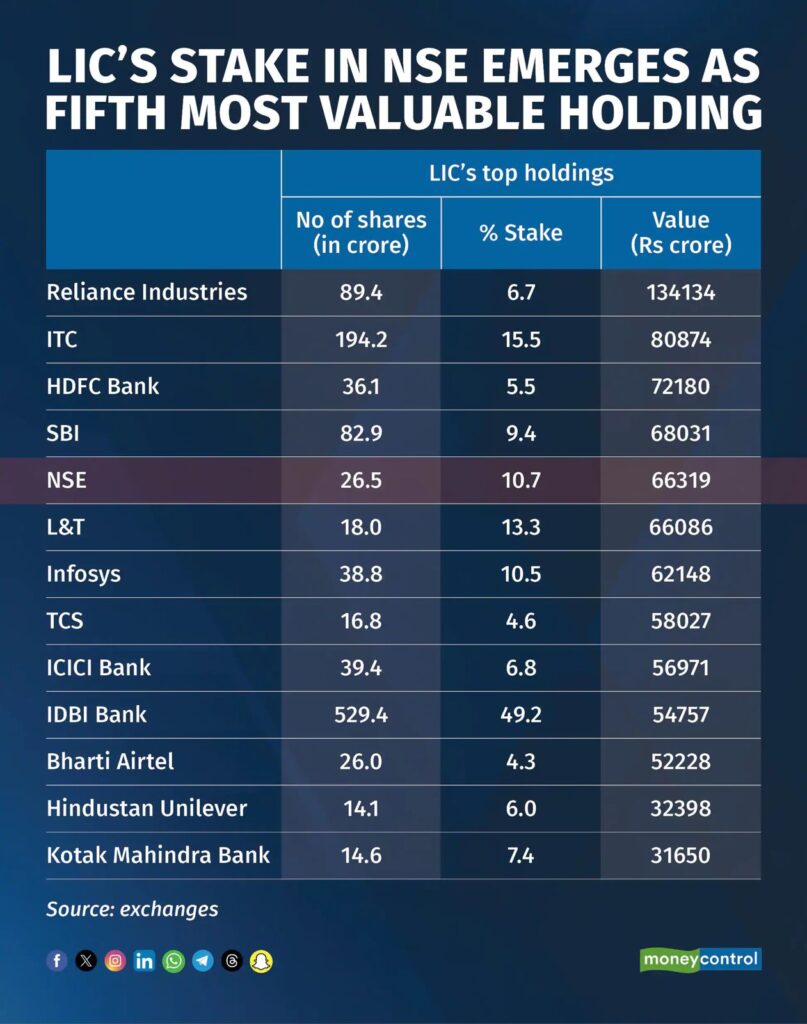
Adani’s Financial Strength
Adani’s financial discipline dismantles the Washington Post narrative. The group prepaid $3 billion in loans ahead of schedule and raised equity from global giants like BlackRock and GQG Partners, as reported by Moneycontrol.Its investments in ports, airports, and green energy are powering India’s strategic interests, from domestic infrastructure to global supply chains. This isn’t corruption—it’s a challenge to Western dominance over critical sectors, which explains the coordinated smear campaign.
The Toolkit: A Cross-Border Conspiracy
The attack follows a familiar blueprint:
– OCCRP and U.S.-funded NGOs supply the “data” and funding.
– The Washington Post lends international legitimacy.
– Local operatives like Ravi Nair and Aditya Nair amplify the narrative in Indian media and on X. This synthetic outrage is timed to disrupt key moments, like the Winter Session, to shake investor confidence and paint India’s self-reliance as corruption. The real issue? Adani’s growth threatens Western control over global supply chains, from the Gulf to the Mediterranean. Congress, desperate to revive failed campaigns like “Vote Chori” and “Chowkidar Chor Hai,” happily plays courier for this agenda, recycling lies to weaken India’s economic story.

LIC’s Rebuttal: Facts Crush Fiction
LIC has categorically debunked the *Washington Post*’s claims, stating they are “false, baseless, and far from truth.” In a public statement, LIC clarified:
– Investments are made independently after rigorous due diligence.
– No external factors influence its decisions, which are audited, transparent, and compliant with global standards.
The *Washington Post*’s reliance on anonymous “activist sources” and Nair’s refusal to share evidence with SEBI expose its shoddy reporting. Adani’s legal team is on standby, ready to act against defamatory and misleading claims, backed by audited, public financials.

The Truth: India’s Rise vs. Western Sabotage
The Washington Post’s pretense of “independent journalism” collapses under scrutiny. Its writers are tied to U.S.-funded networks, and its stories serve Western interests, not the public. Congress’s role as a willing accomplice is no surprise—its 60-year legacy of looting institutions like LIC contrasts sharply with Modi’s reforms, which have turned LIC into a global success story.
This isn’t about Adani or LIC—it’s about an India that dares to compete globally. Western media wants India confined as a market, not a rival. Congress, unable to accept an India free from its politics of dependency, runs to foreign outlets for validation. But the facts are clear: under Modi, Indian institutions earn; under Congress, they bled.
India’s resilience is stronger than any lie printed in Washington. The toolkit may be global, but India’s rise is unstoppable.
Author: Rishi Kalia with contribution from Sandiip Gandotra Tweets at Rishi Kalia & Sandeep Gandotra

